In the early 1900s, Lawrence Street was one of the most vital and historic streets in the village of Flushing, Queens. It ran north toward the shoreline of Flushing Bay, serving as a center for a long-established African American community and a varied commercial district. The street was a mix of residential homes, small businesses, and community institutions, reflecting the diverse character of the neighborhood.
The southern end of Lawrence Street connected with Broadway, which later became Northern Boulevard, placing it at the heart of Flushing’s commercial life. The street itself was unpaved for many of these years, with horse-drawn wagons and delivery carts being a more common sight than the few early automobiles. On rainy days, the road would turn to mud, a familiar challenge for residents and merchants.
Housing on and around Lawrence Street consisted primarily of modest wood-frame houses. Many of these homes had been standing for decades and were occupied by families who had lived in the area for generations. The street was the core of a significant African American community that had roots in Flushing dating back before the Civil War. This community was centered around the Macedonia African Methodist Episcopal (A.M.E.) Church, located on Lawrence Street. The church was more than a place of worship; it was the primary social, cultural, and political anchor for its members.
Read more
Commerce on Lawrence Street was local and essential. Small businesses lined the road, including blacksmith shops, stables, laundries, and small food purveyors. These shops served the immediate needs of the surrounding residents. The street’s northern end terminated near the Flushing River and the bay, an area of salt marshes and docks. This waterfront was a place of work, with boatyards and businesses that supported maritime activity.
Life on the street was lived publicly. Neighbors knew each other well, and children played in the road and in the yards between the houses. The church was the site of frequent gatherings, from Sunday services to community meetings and celebrations. Lawrence Street was a self-contained neighborhood within the larger village of Flushing, with a distinct identity shaped by its history and the close-knit community that called it home.


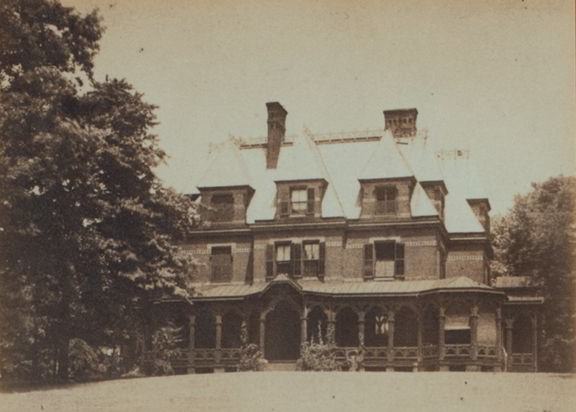
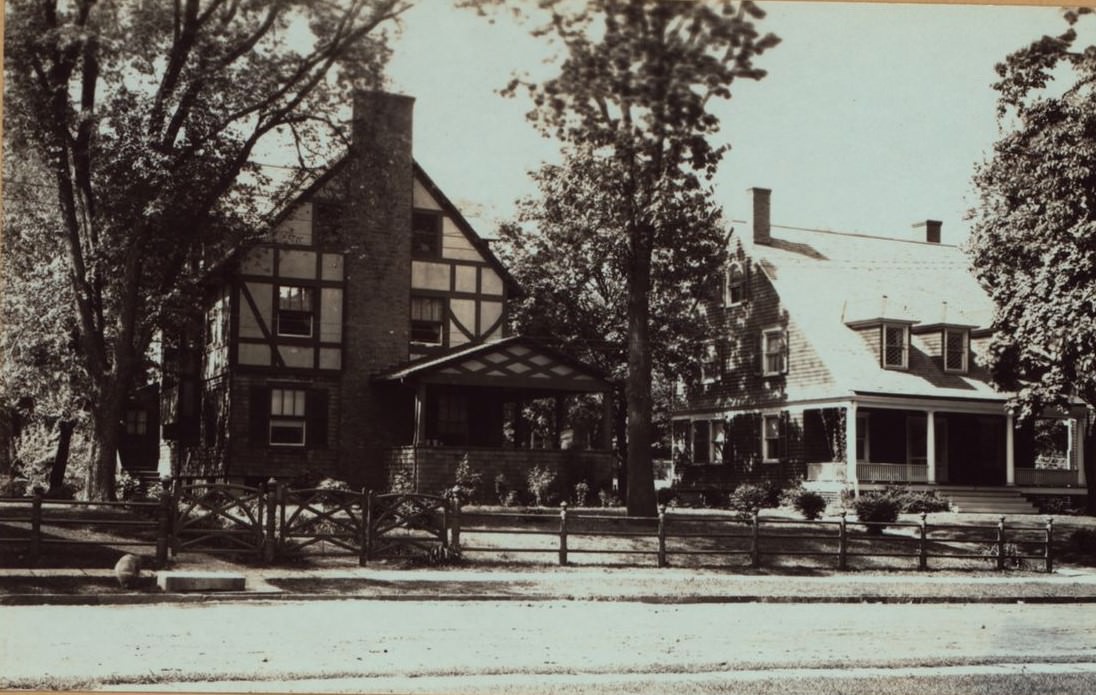
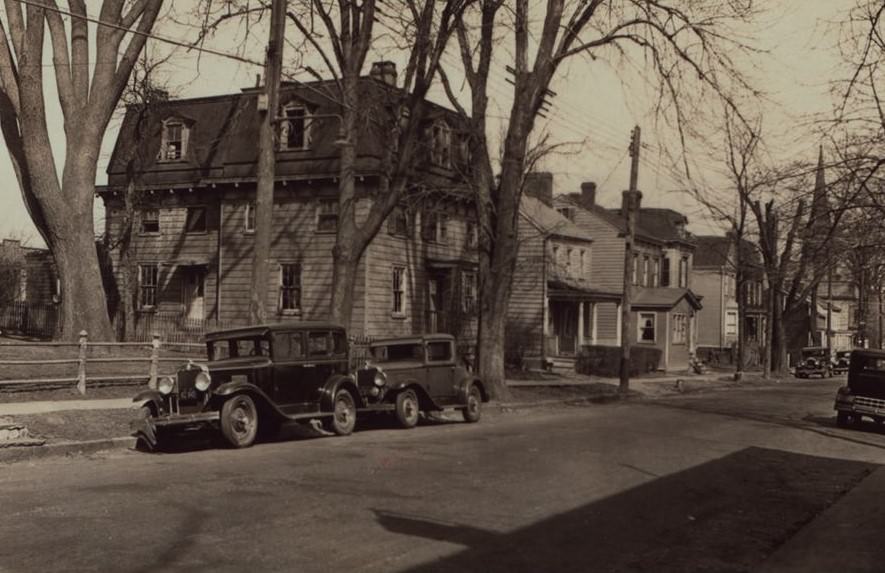
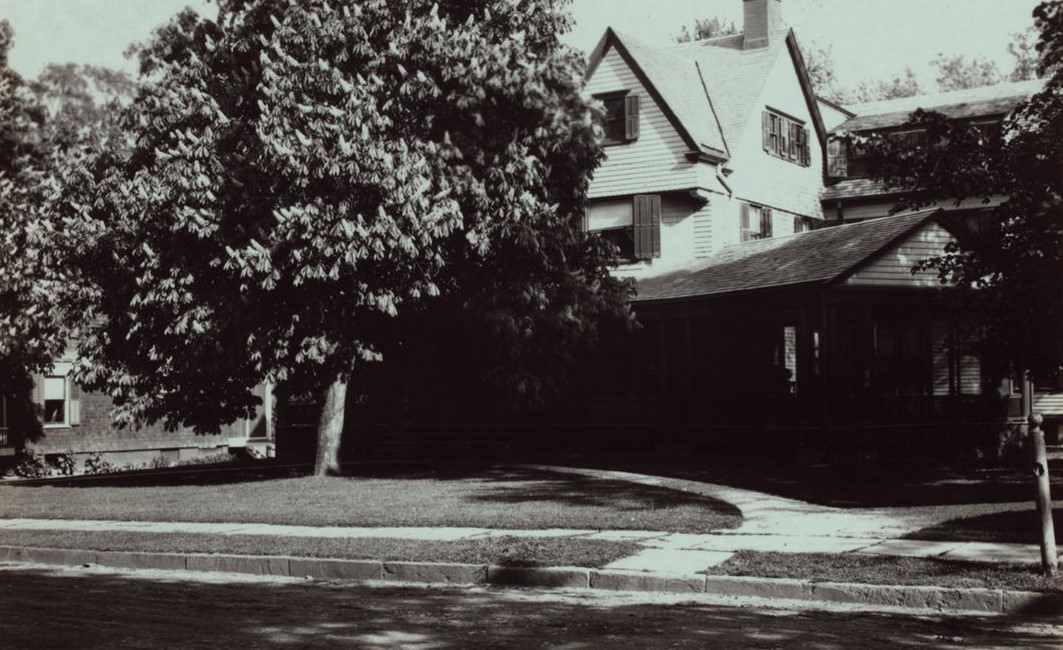

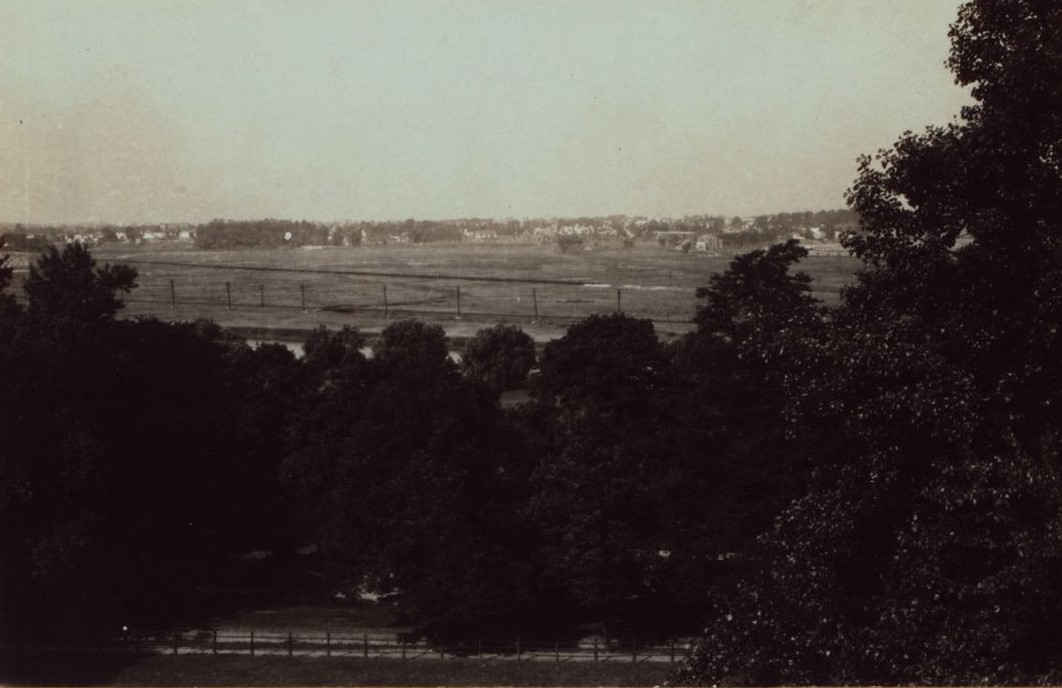
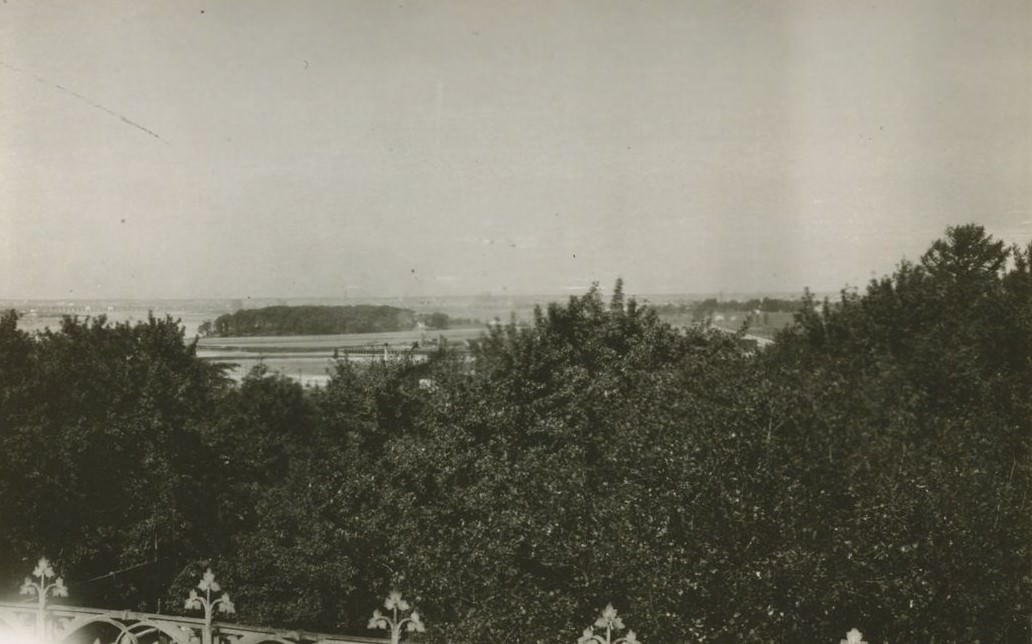
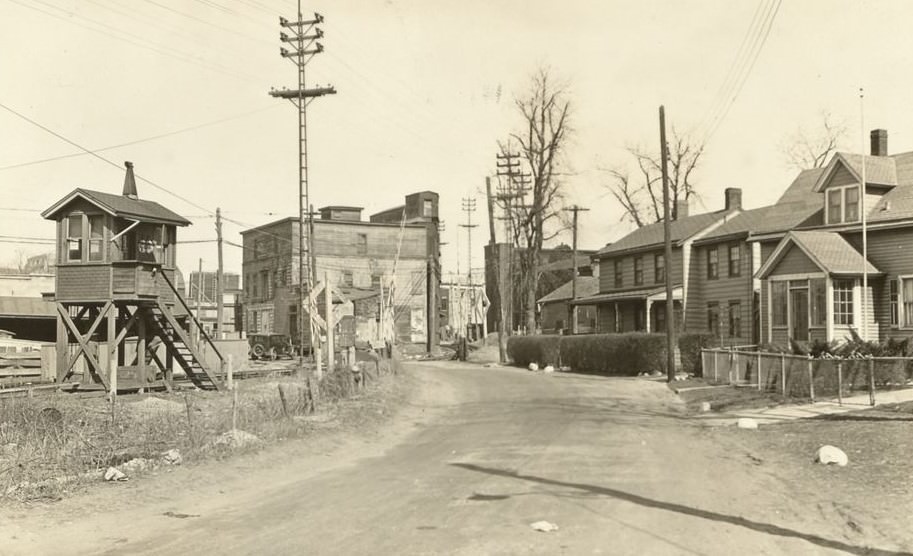
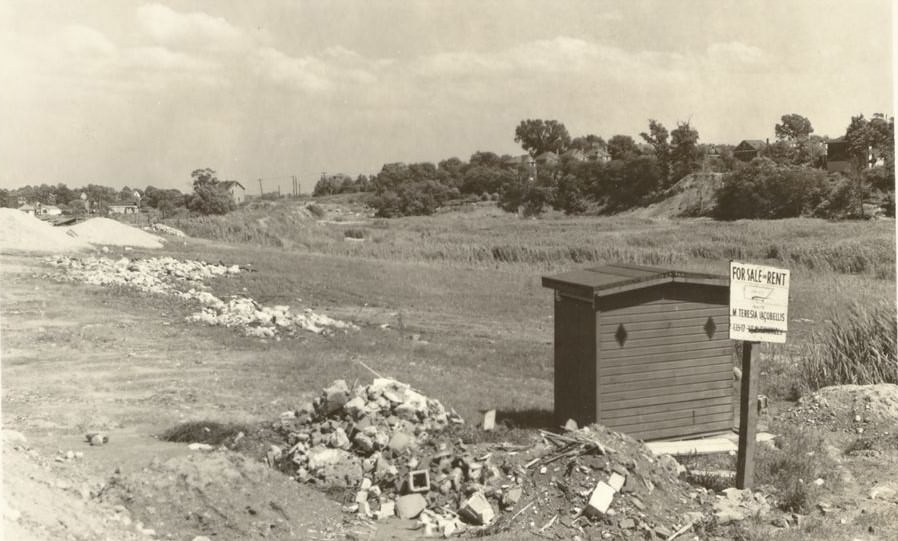
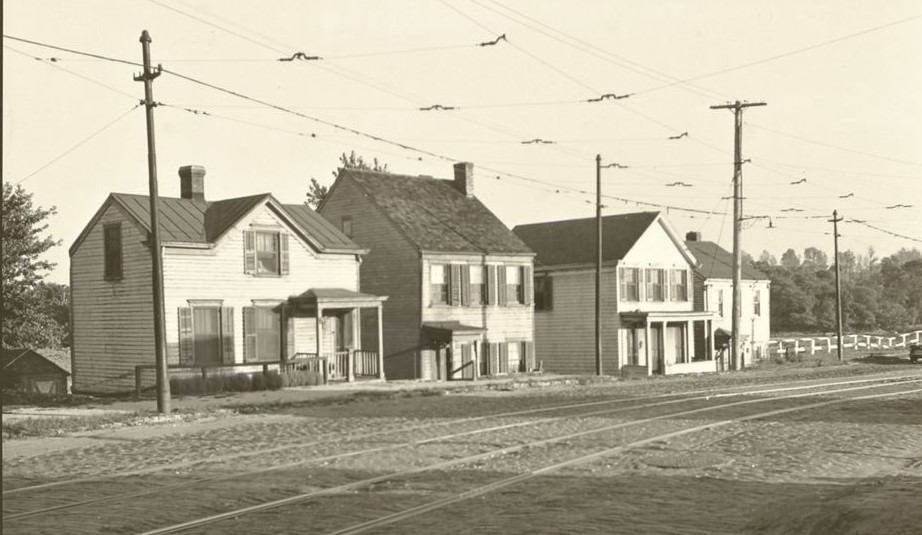
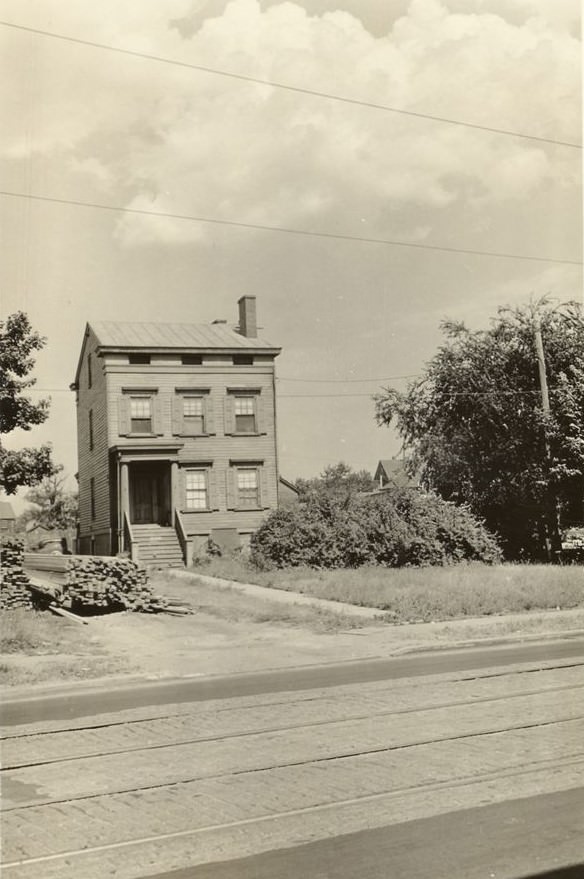
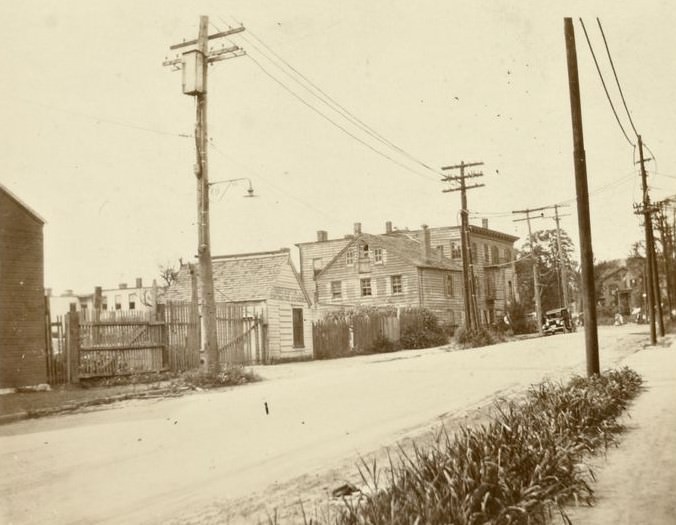
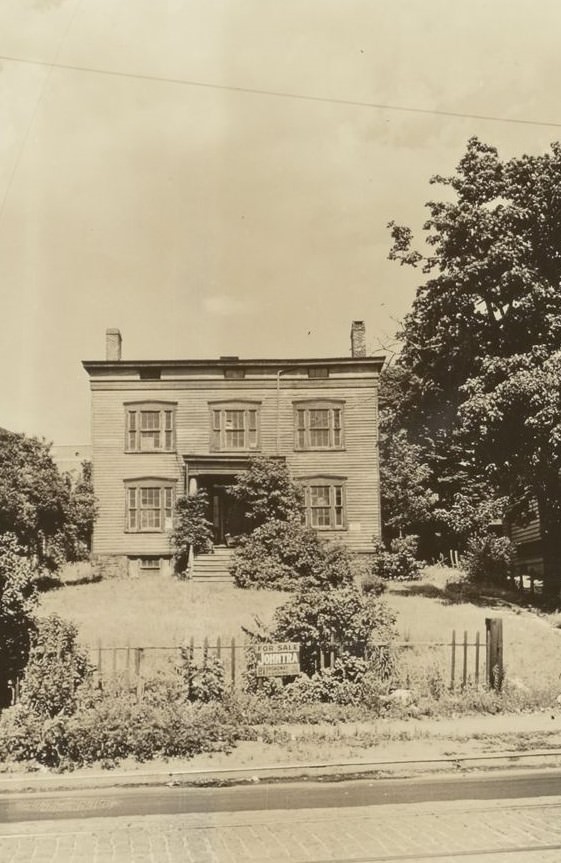
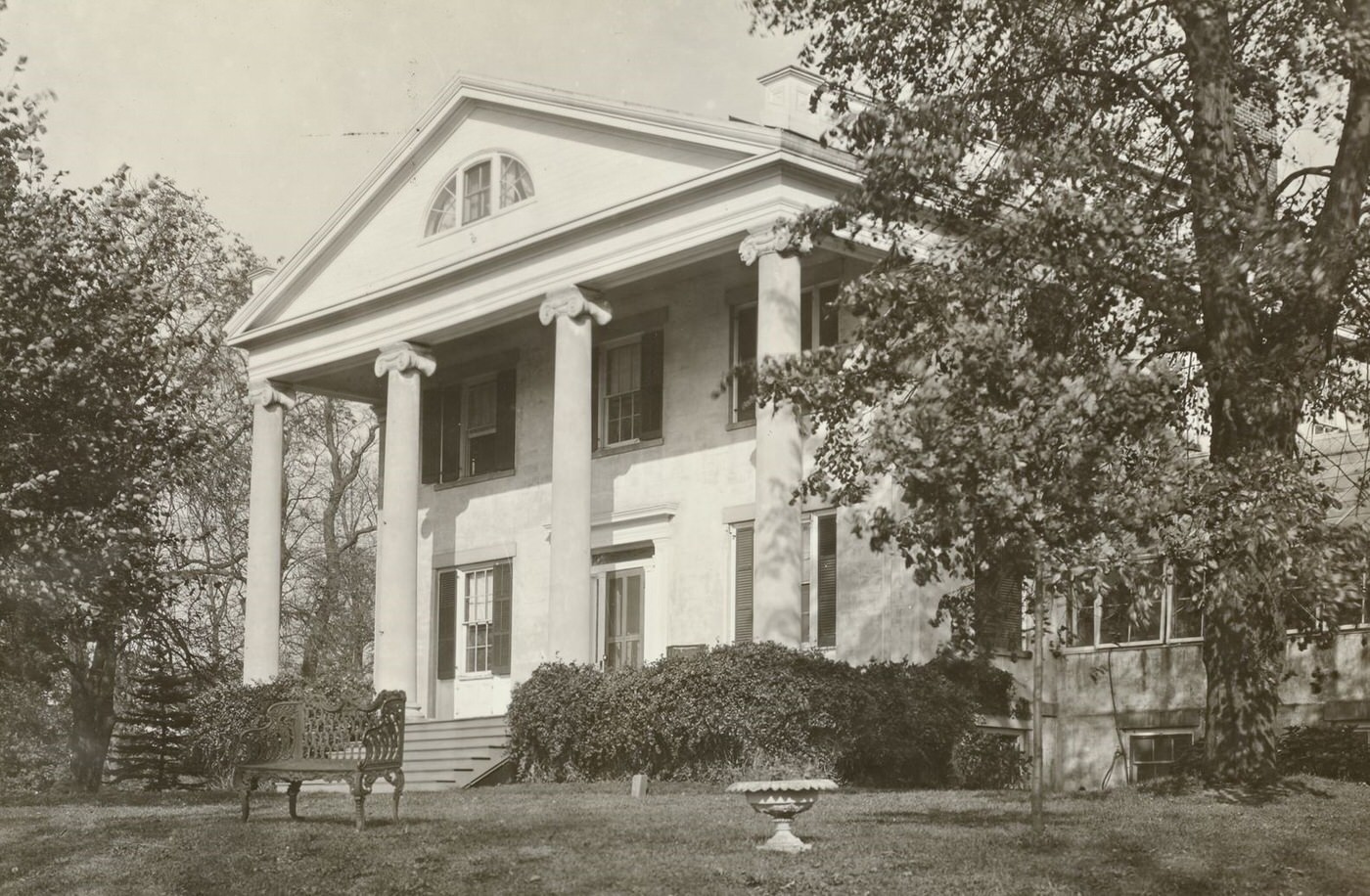
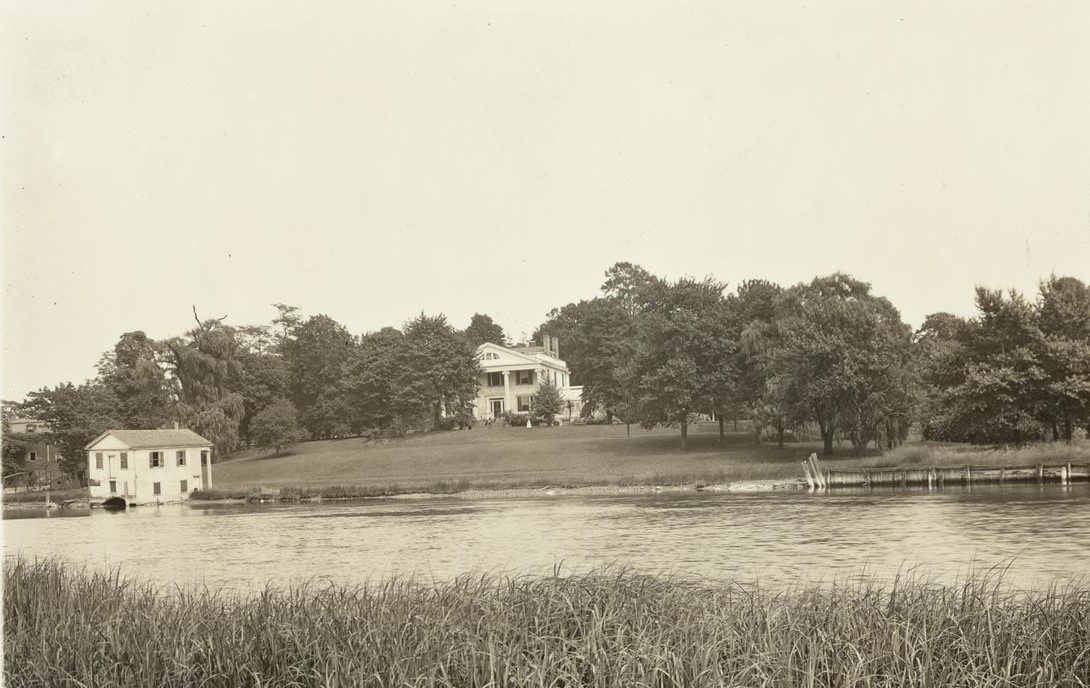
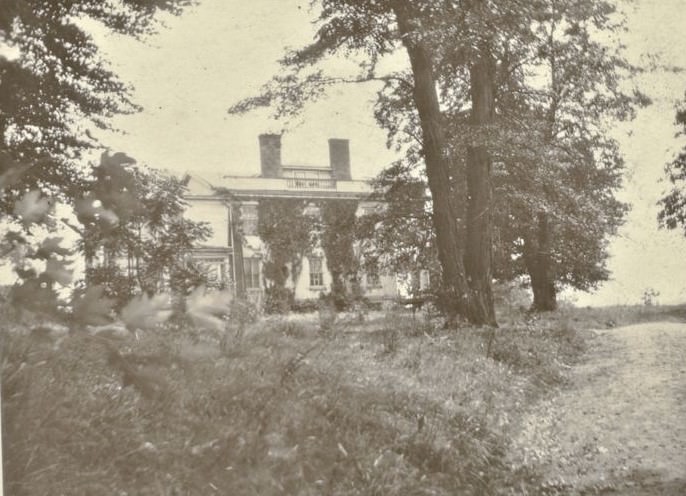
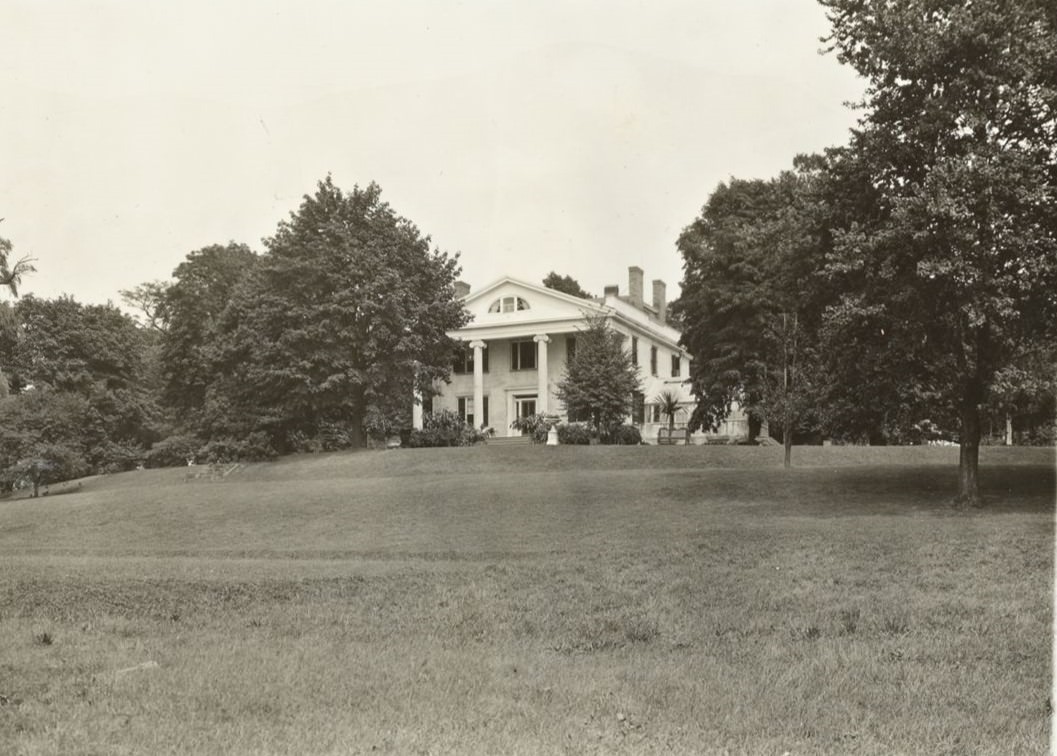
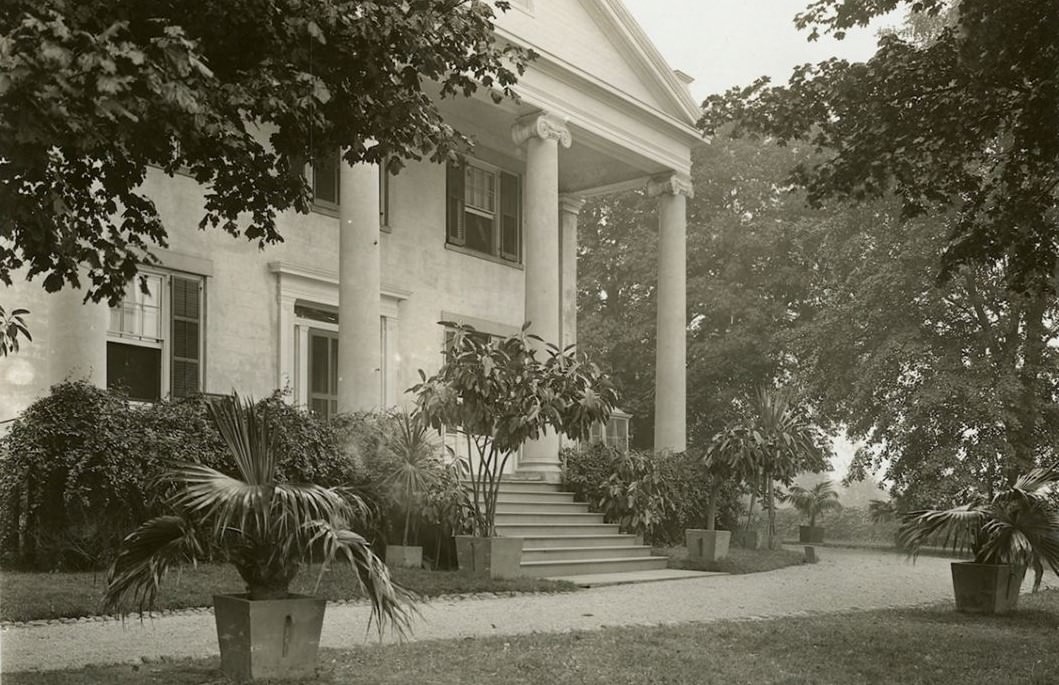
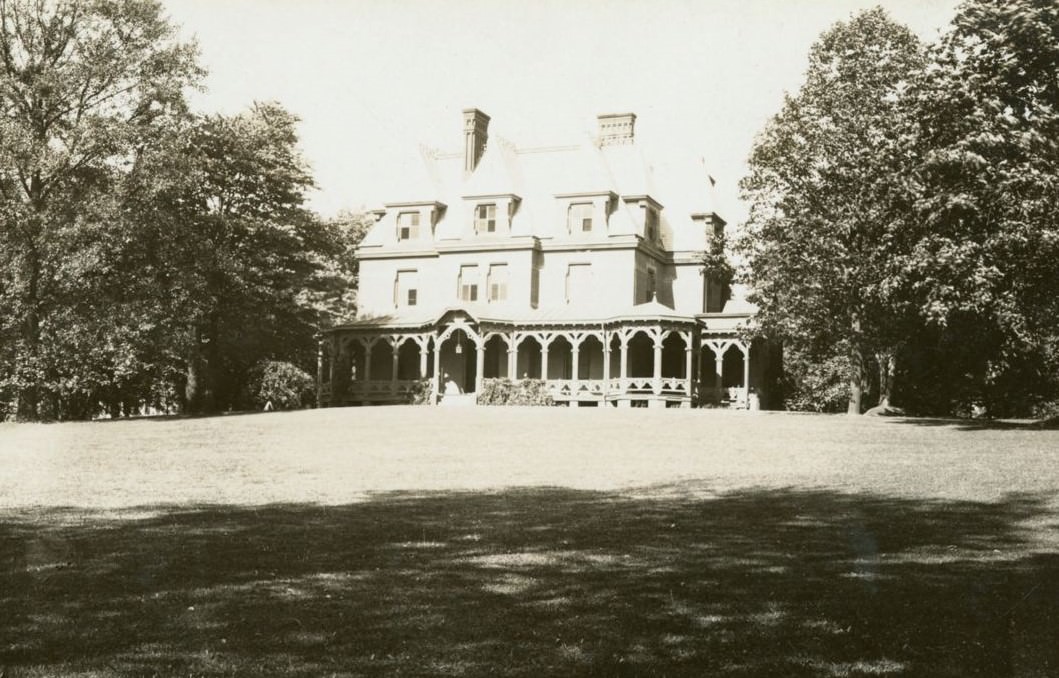
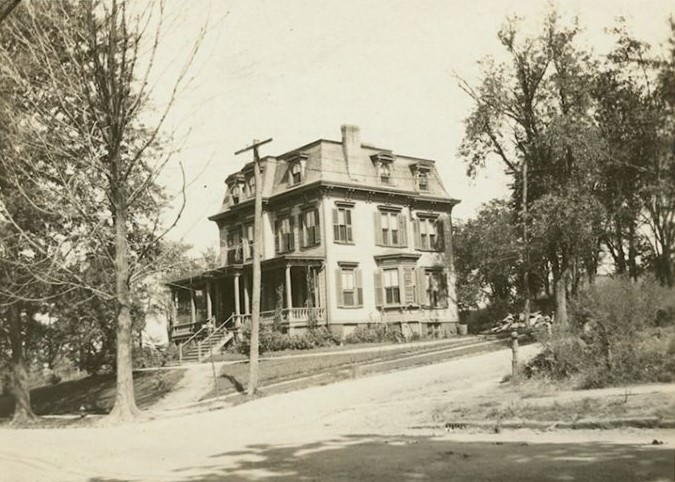
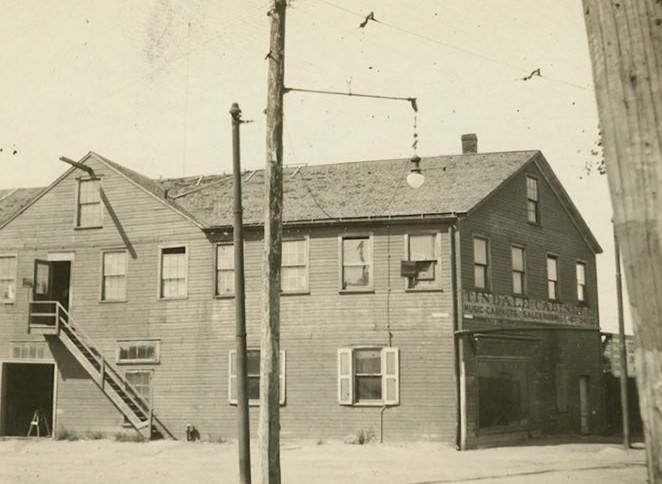
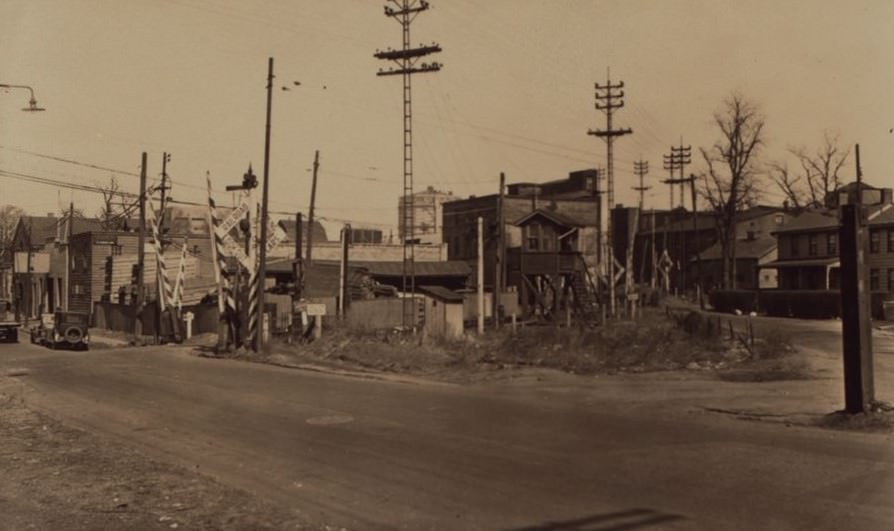
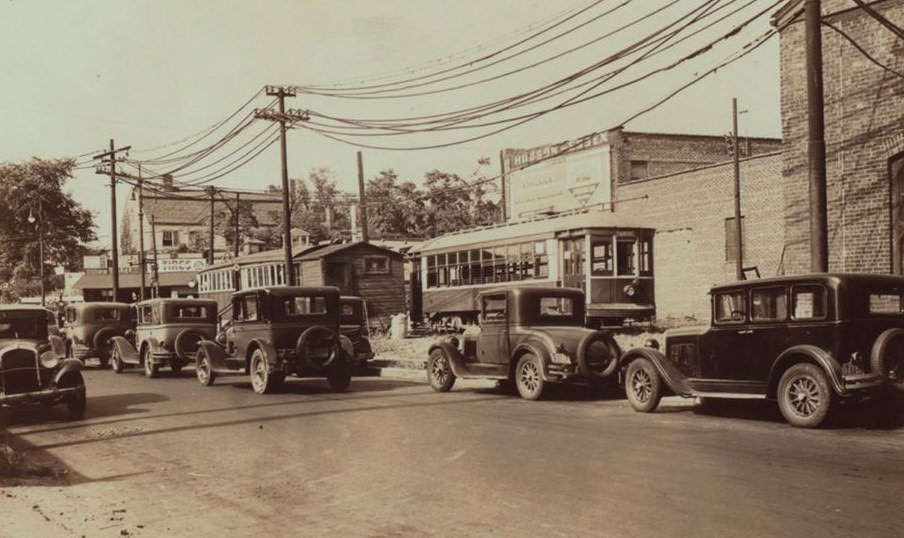
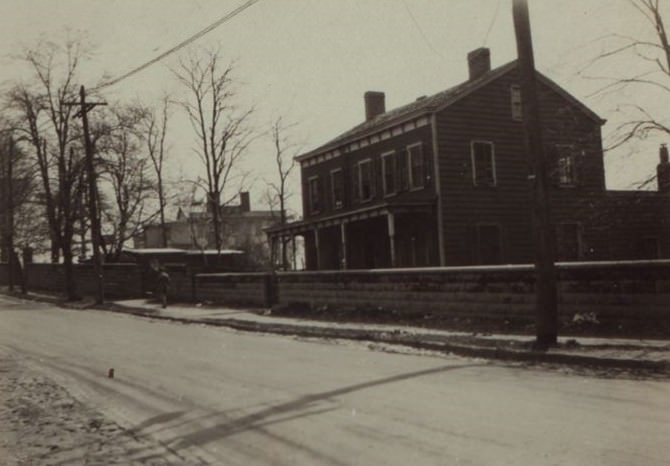
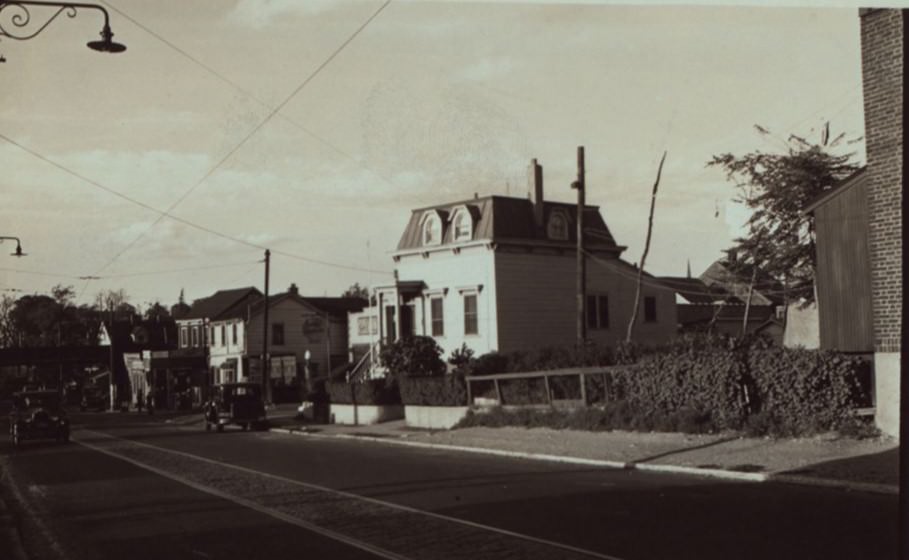
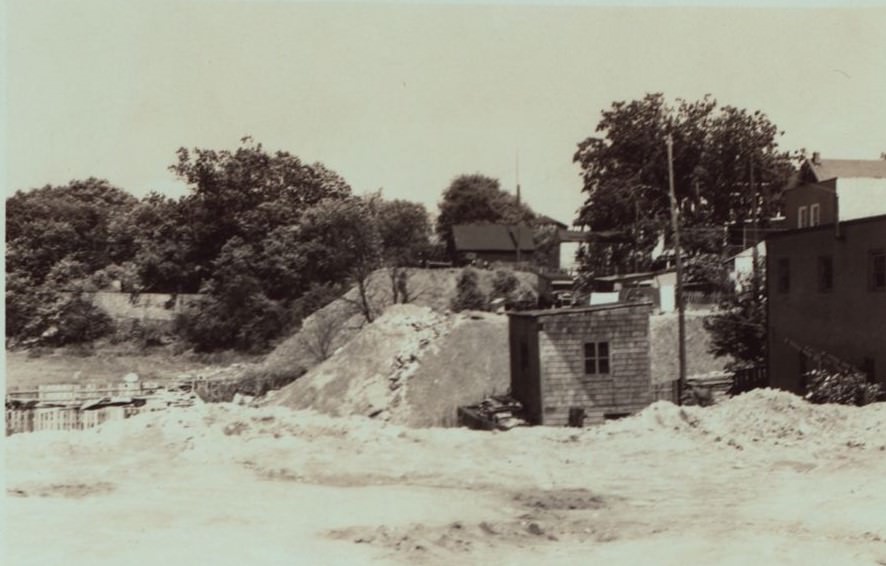
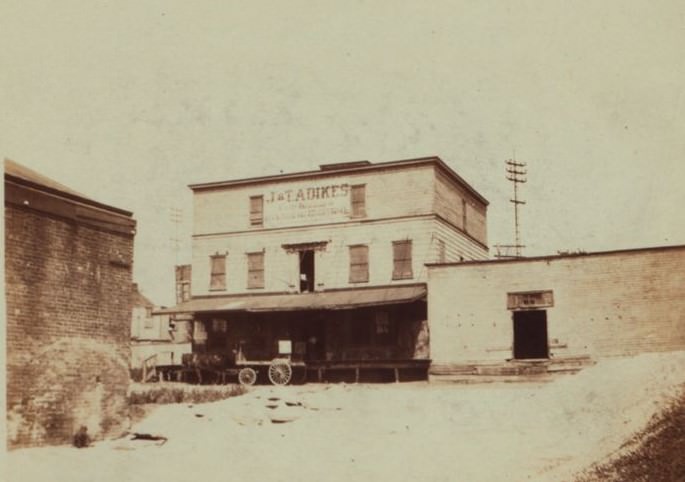
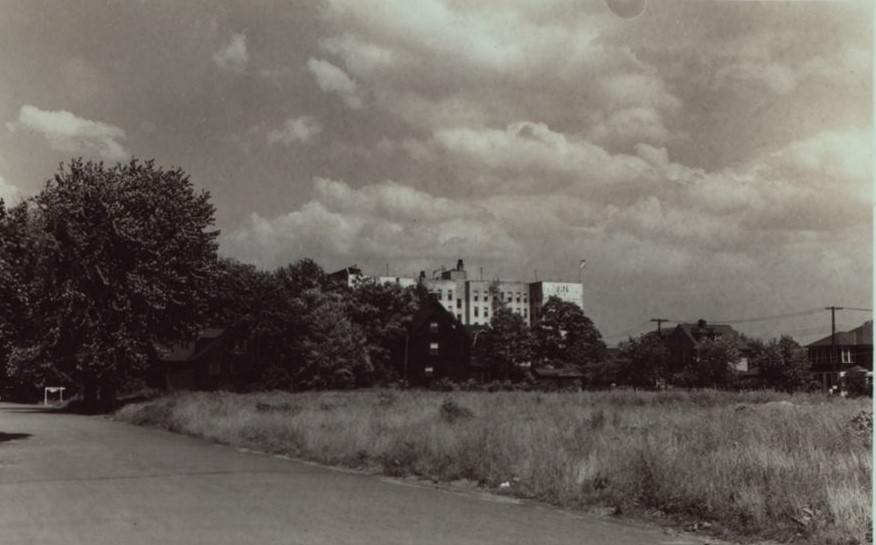
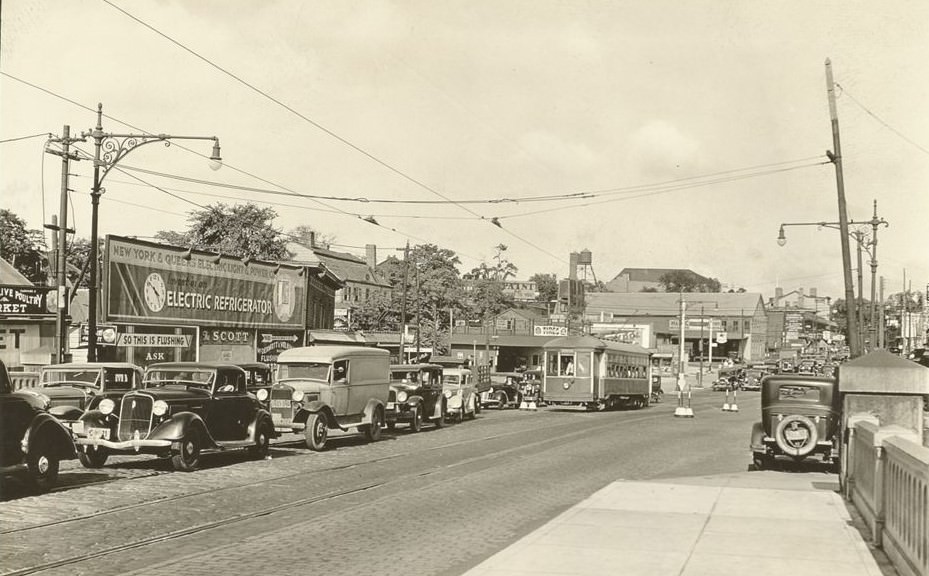
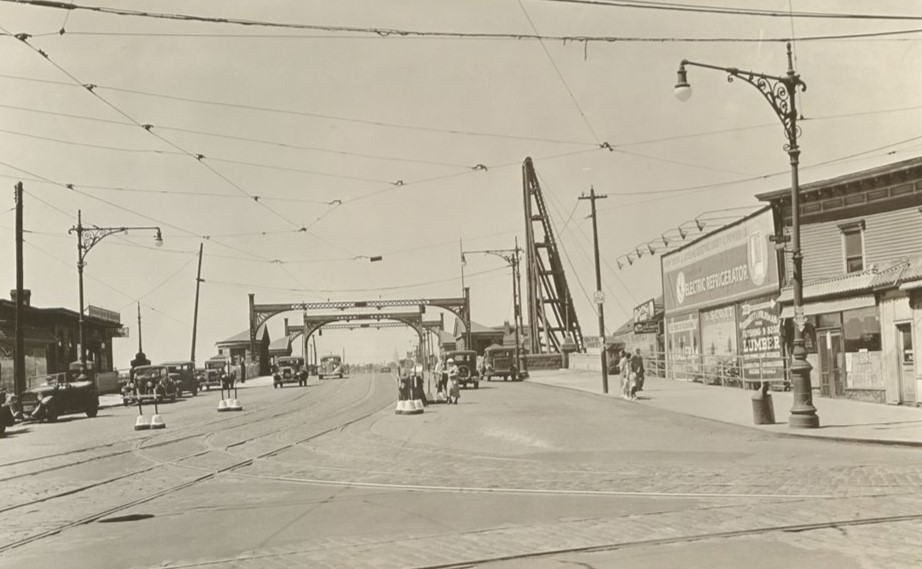
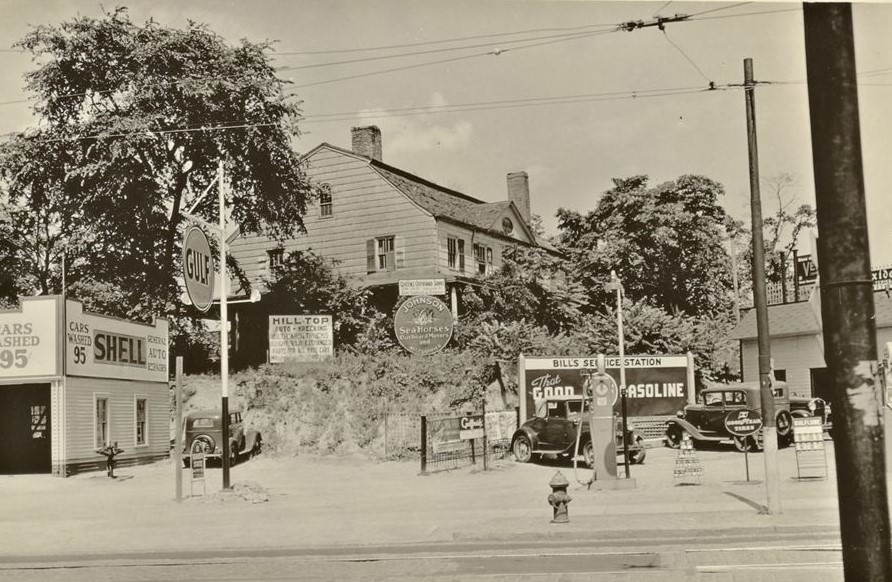
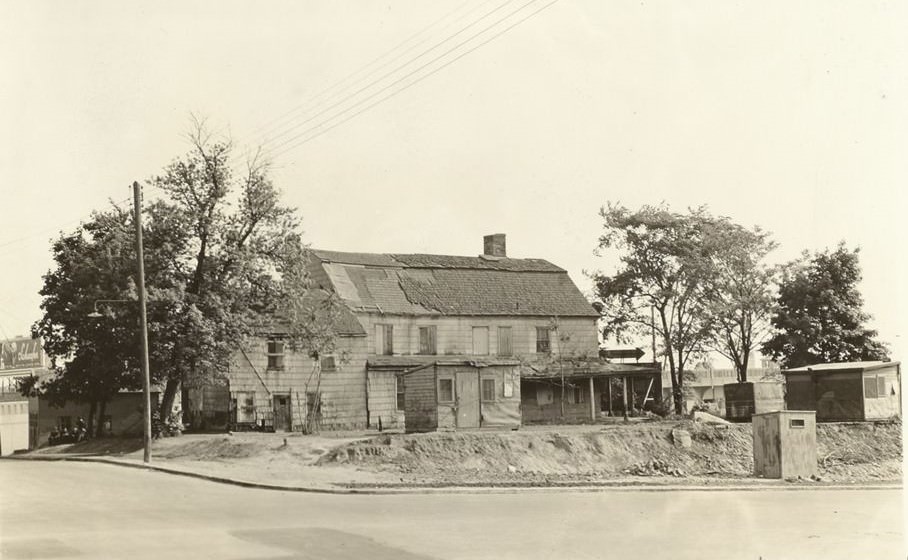
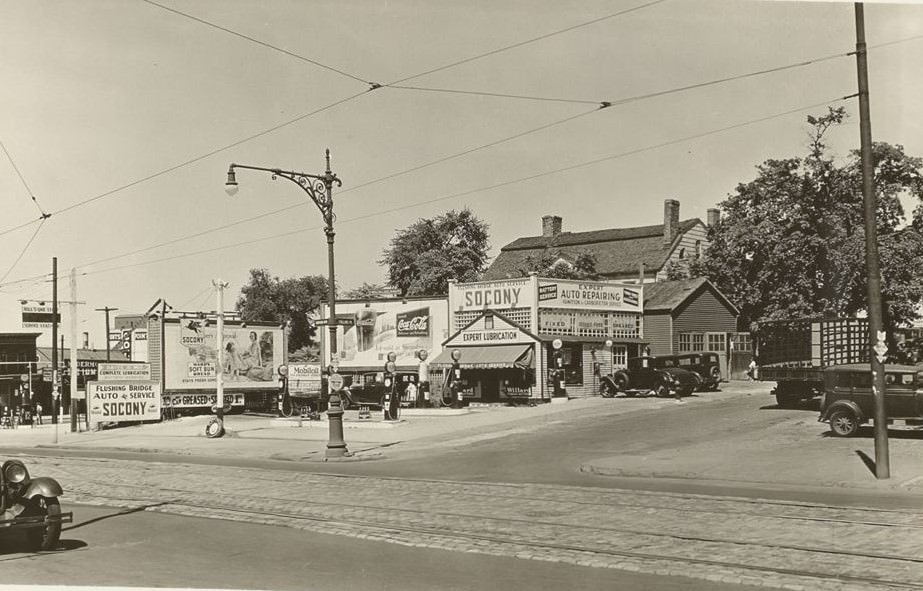
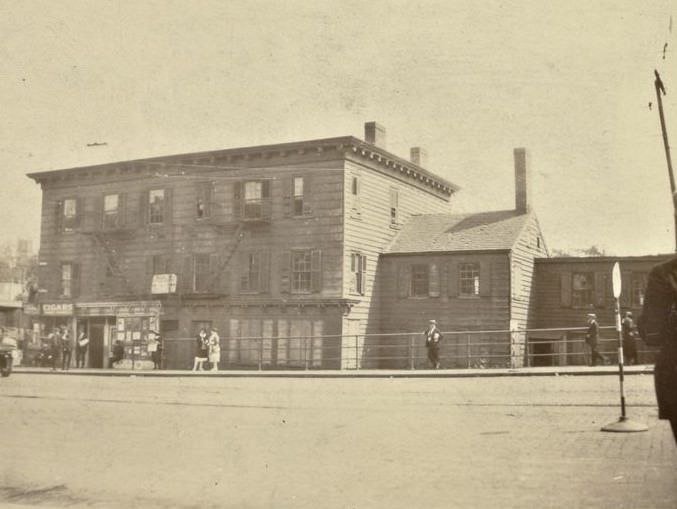
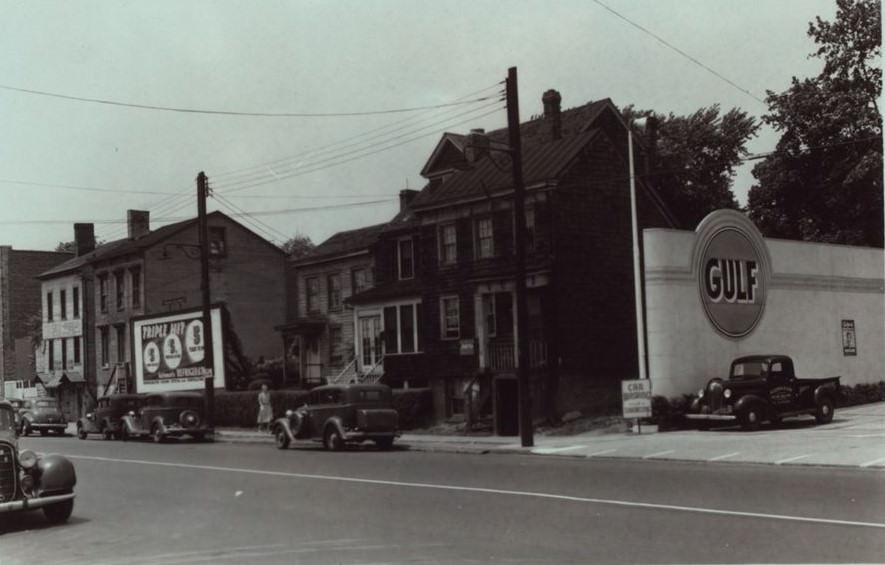

GIPHY App Key not set. Please check settings